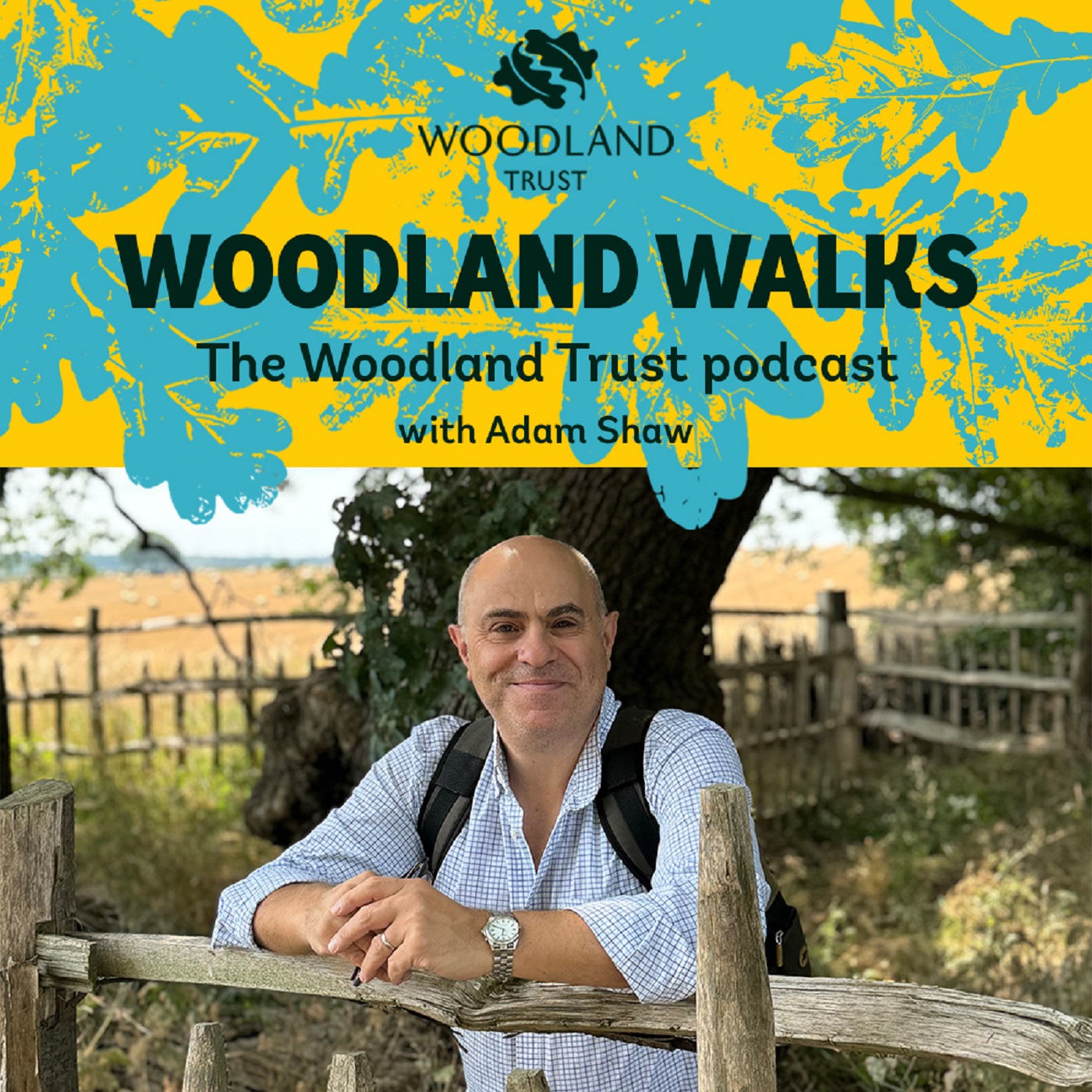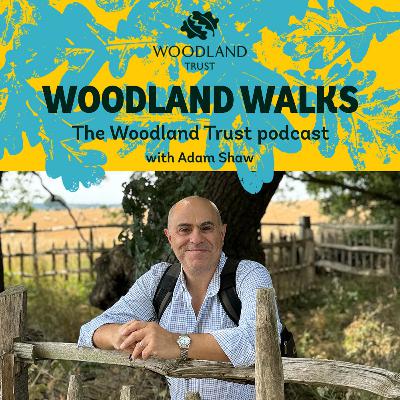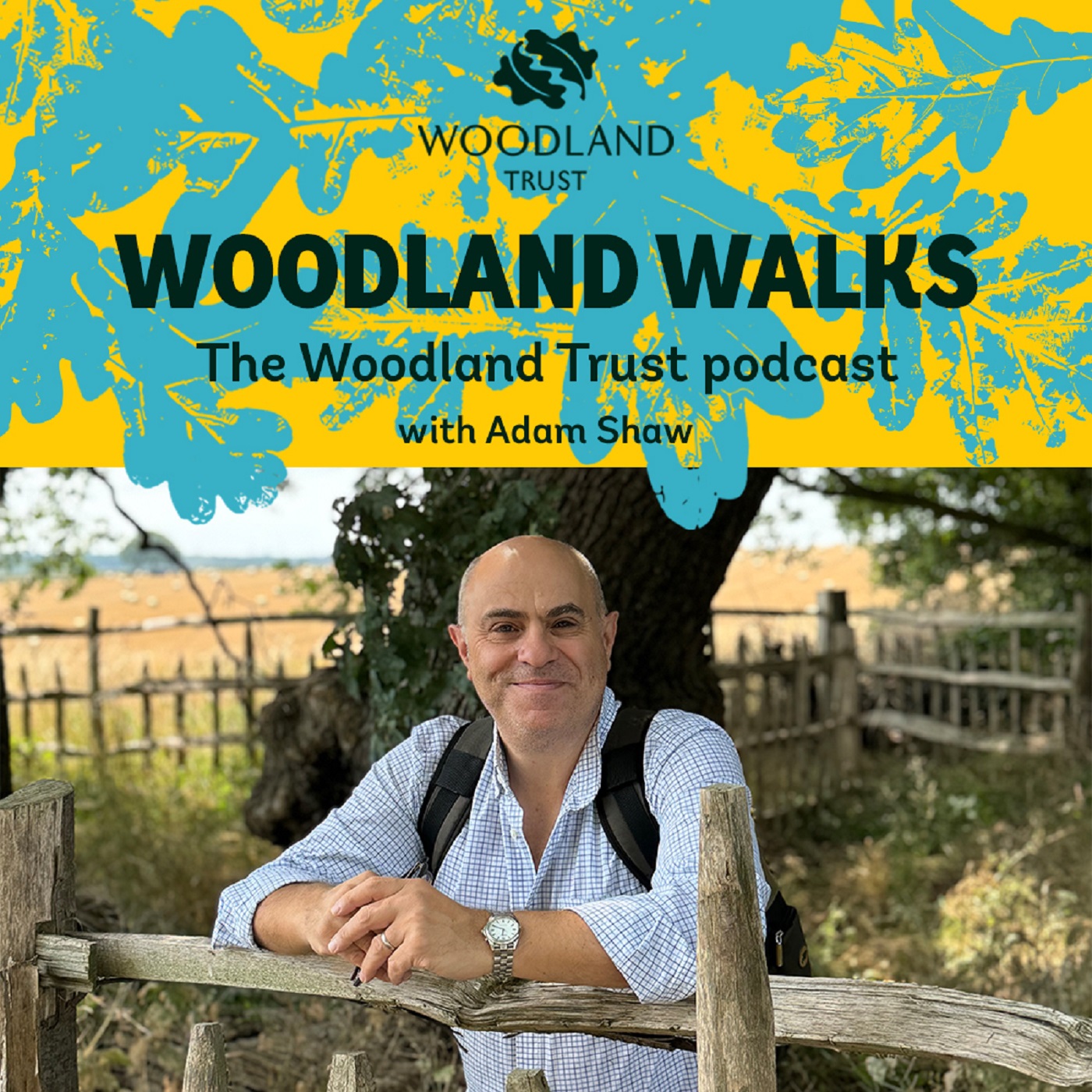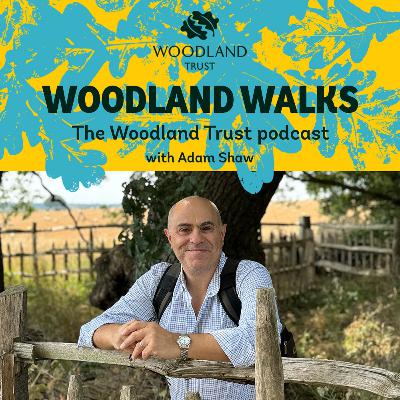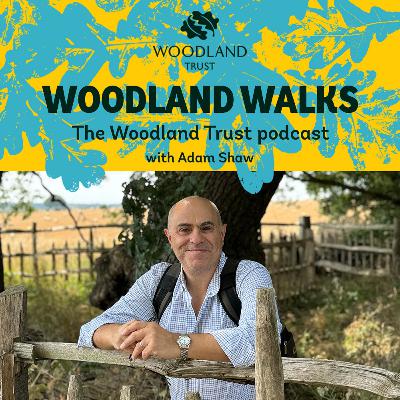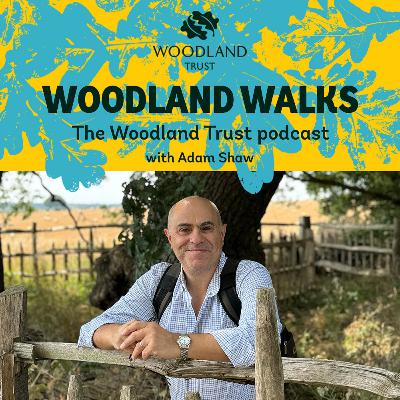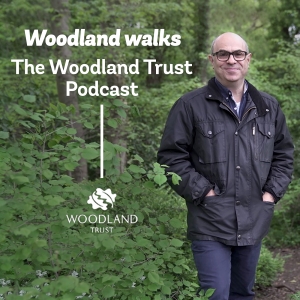18. Coppicing at Priory Grove, Monmouth
Description
Discover the fascinating ancient art of coppicing as we visit Priory Grove in Wales' Wye Valley, where the technique is still practised on a small scale to benefit both people and wildlife. We meet site manager Rob and contractor Joe to learn more about the coppicing carried out here, and how this interaction between people and nature has enabled the two to develop and evolve in tandem. Also in this episode, find out how an unfortunate end for ash trees resulted in a fantastic sea of wild garlic, the team’s efforts to encourage dormice, bats, pine martens and other wildlife and which tree to identify by likening the trunk to elephants’ feet!
Don't forget to rate us and subscribe! Learn more about the Woodland Trust at woodlandtrust.org.uk
Transcript
You are listening to Woodland Walks, a podcast for the Woodland Trust presented by Adam Shaw. We protect and plant trees for people, for wildlife.
Adam: Well, today I am off to Priory Grove, which is next door really to the River Wye near Monmouth in Wales to meet the site manager Rob there who's gonna give me a bit of a tour. It's predominantly made up of ancient woodland and provides a wide range of habitats for wildlife. Things like roe, fallow deer, they're known to forage throughout the area, and a wide variety of bird species, including the tawny owl, sparrowhawk, and the great spotted woodpecker, which can all be seen on the wing here. All very exciting and I’ve just got to find it and find Rob.
Rob: Hello, I'm Rob Davies, site manager, South East Wales.
Adam: So tell me a little bit about where we are and why this is significant.
Rob: This is Priory Grove woodland. It's quite a large site on the outskirts of Monmouth, but nobody really knows what its history is. It's it's called Priory Grove, presumably because it was attached to one of the monastic estates round here. And that probably accounts for its survival as one of the one of the largest ancient woodlands next to Monmouth. And it did retain a lot of its coppice woodland, which is quite important for biodiversity.
Adam: Right. And what we're, I mean, we're standing by some felled, are these oak?
Rob: These are oak. Yes, oak, oak in length.
Adam: So why why have these been felled?
Rob</


